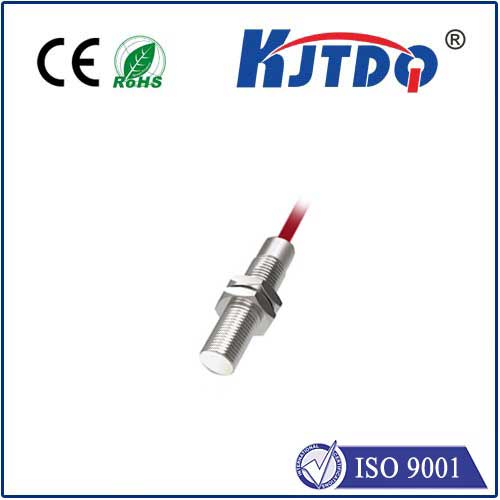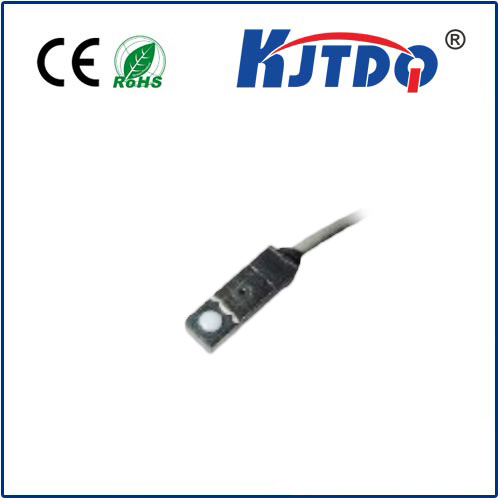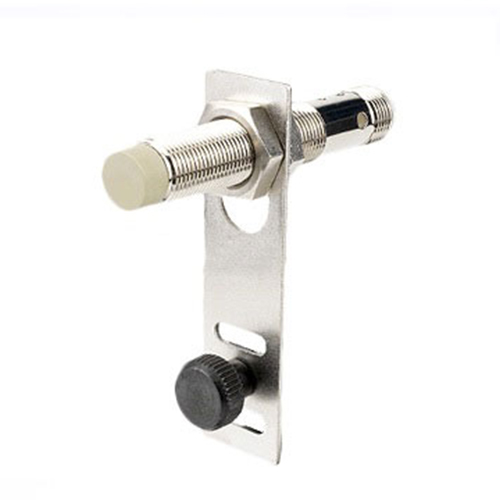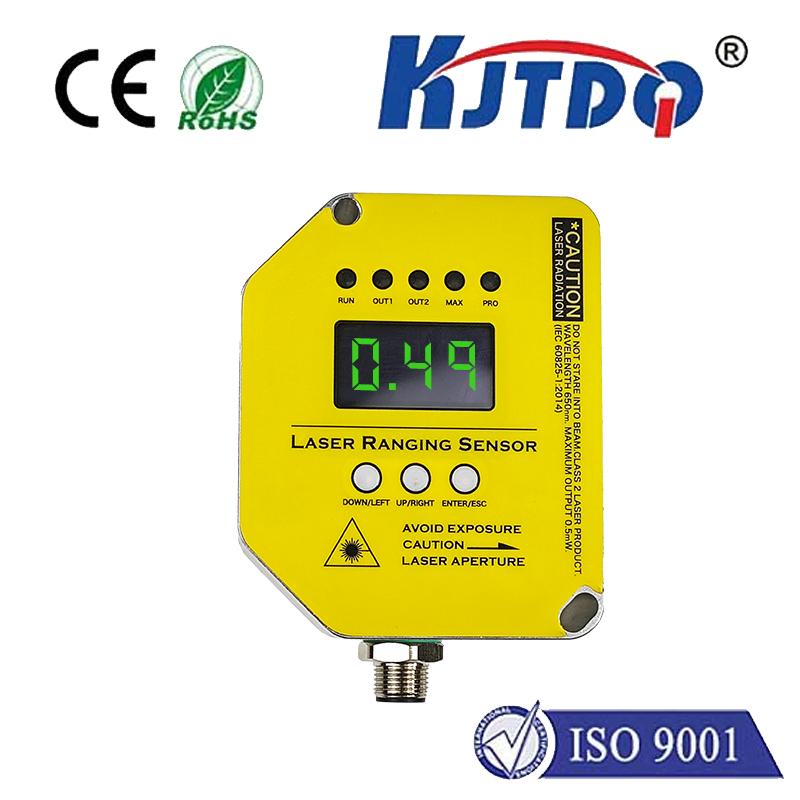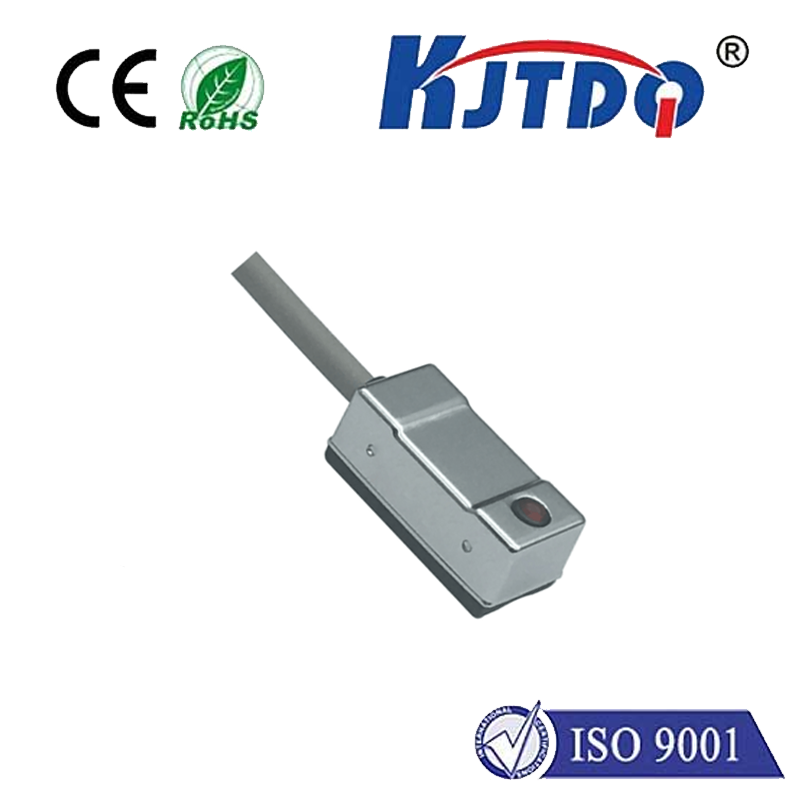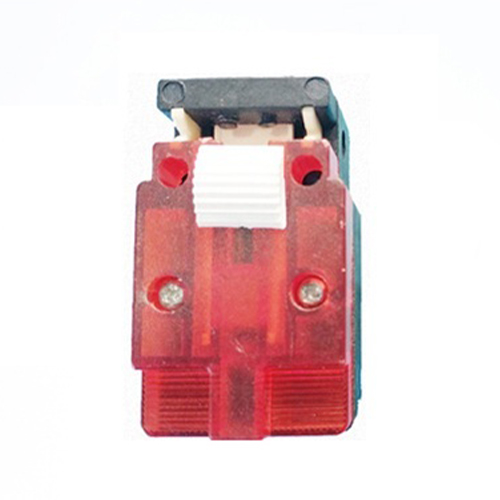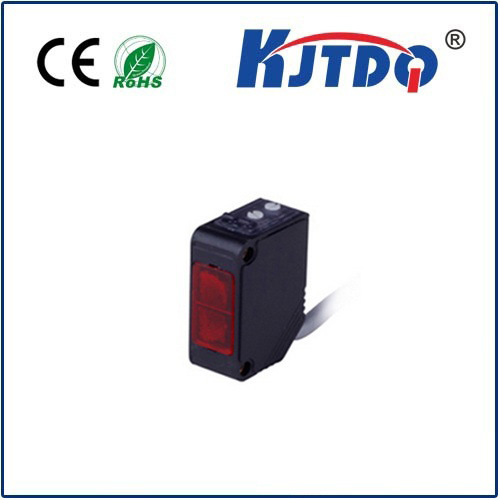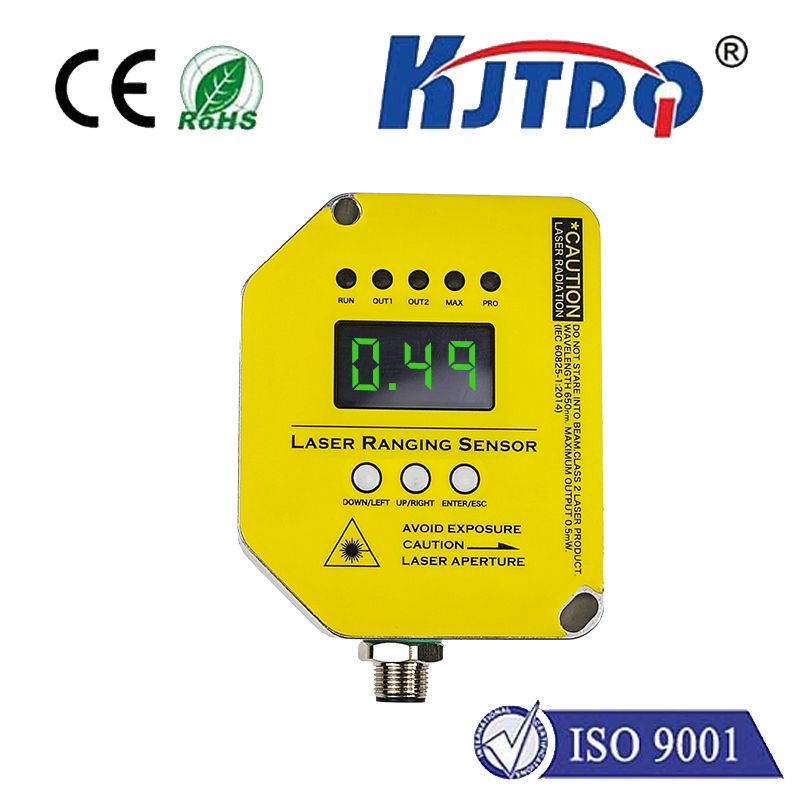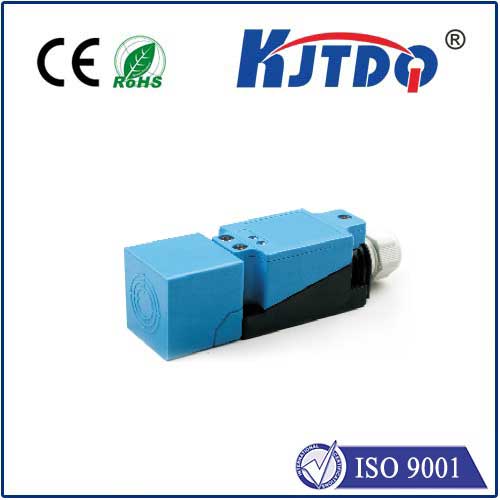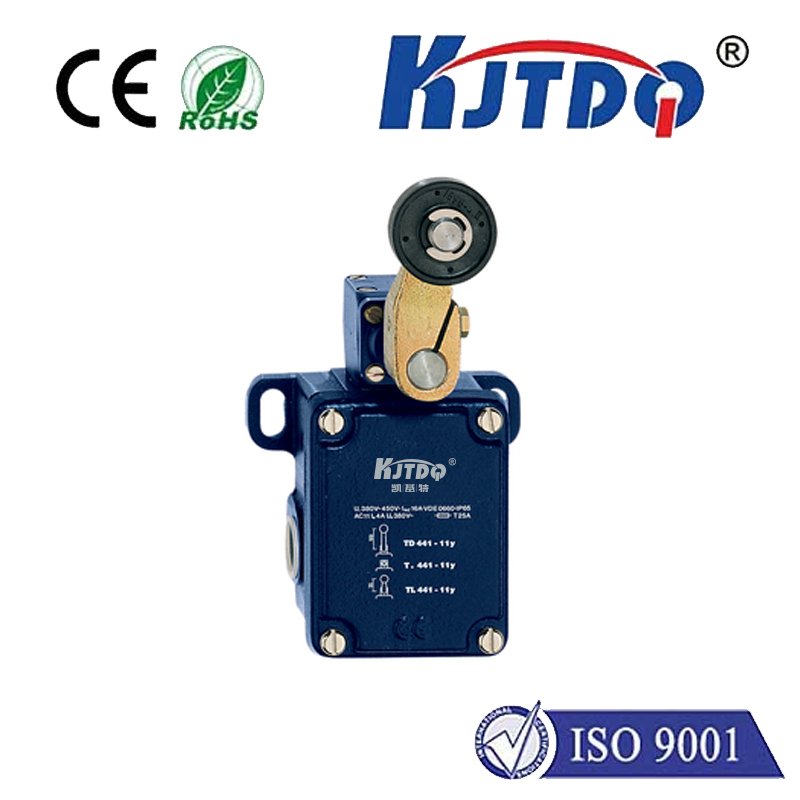

check

check

check

check

check

check

check

check

check

check
In recent years, the increasing demand for sustainable and eco-friendly alternatives has led to a growing focus on plastic waste management. To address this issue, innovative technologies are being developed to improve the detection and removal of plastic from various surfaces. One such technology is the capacitive proximity sensor, which plays a crucial role in detecting plastic objects.
A capacitive proximity sensor works based on the principle of capacitance. It uses an electromagnetic field to measure the capacitance between two plates separated by a distance. When a plastic object comes into contact with the sensor, it creates an electric field that alters the capacitance readings, alerting the system to the presence of plastic. This technology offers several advantages over traditional methods of plastic detection.
One significant benefit of capacitive proximity sensors is their high sensitivity. They can detect even the tiniest changes in capacitance, making them ideal for detecting microplastic particles or other small objects. Additionally, these sensors can operate in a wide range of environments, including those with high levels of static electricity or interference from other electronic devices. This flexibility makes them suitable for use in various applications, including industrial automation, robotics, and consumer electronics.
Another advantage of capacitive proximity sensors is their ability to work continuously without needing maintenance. Unlike other types of sensors that may require periodic calibration or replacement, these sensors can operate for extended periods without any intervention. This reliability makes them an attractive option for use in harsh environments or where downtime is not acceptable.
Capacitive proximity sensors have numerous applications in the plastic detection industry. In manufacturing settings, they can be used to detect plastic debris that may have escaped during production processes. In waste management systems, they can help identify and sort plastic waste efficiently. Additionally, these sensors can be integrated into consumer products like mobile phones and tablets, providing users with information about their surroundings and encouraging them to adopt more sustainable practices.
In conclusion, capacitive proximity sensors offer a powerful solution for improving the efficiency of plastic detection. Their high sensitivity, versatility, and reliability make them an ideal choice for a wide range of applications. As the world continues to address the challenges posed by plastic waste, innovative technologies like these will play a crucial role in promoting sustainability and protecting our planet's resources.
